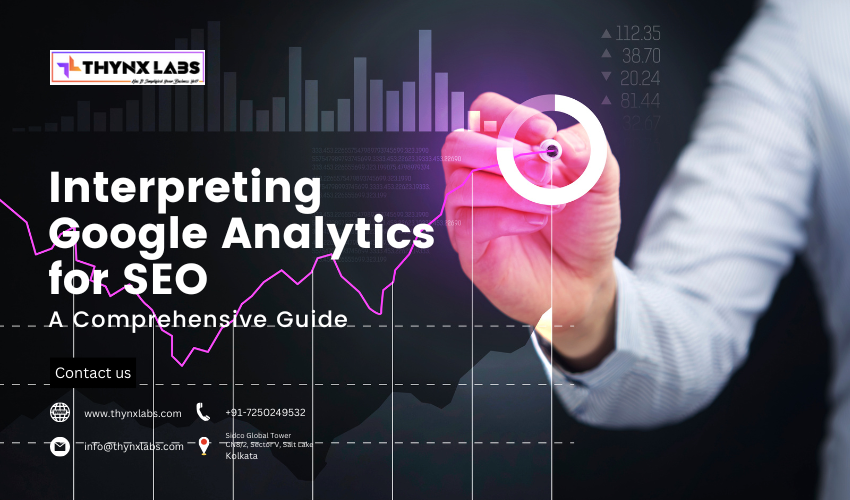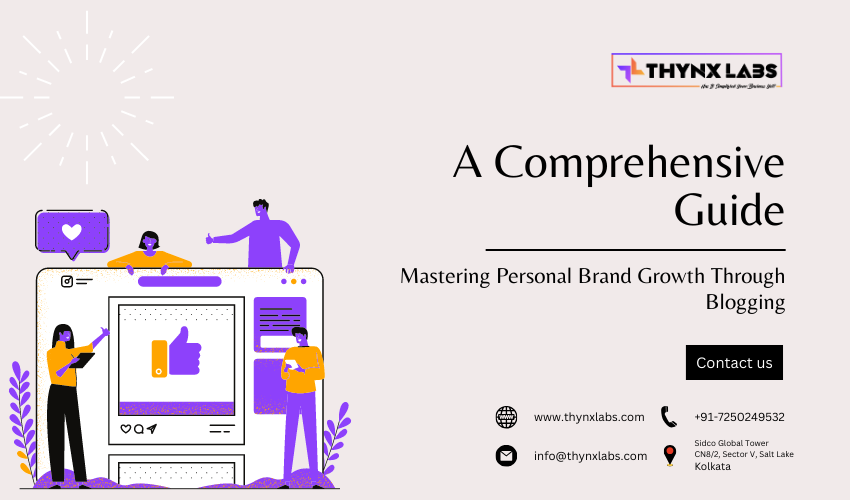Your 2023 Guide to Social Selling
Social selling is no longer just a buzzword; it’s become an integral part of sales strategies in many industries. With the rise of digital platforms, social media has become one of the most cost-effective ways to reach new customers and nurture relationships with existing ones. But what does social selling look like in 2023? What trends should you be aware of as you develop your social selling strategy? In this blog post, we will take a look at the key elements you need to know to succeed as a social seller in 2023 and beyond.
What is Social Selling?
Social selling is a term used to describe the use of social media platforms to connect with potential customers and build relationships in order to sell products or services.
It’s an effective way to reach out to people who may not be familiar with your brand and can help you connect with potential customers on a more personal level.
Done right, social selling can be a great way to boost sales and grow your business. Here are a few things to keep in mind when you’re getting started:
1. Define Your Goals
Before you start using social media for selling, it’s important to take a step back and think about what you’re trying to achieve. Are you looking to increase brand awareness? Drive traffic to your website? Generate leads? Once you know your goals, you can create content and strategies that are aligned with them.
2. Find the Right Platforms
Not all social media platforms are created equal—some are better for certain types of businesses than others. For example, if you’re selling B2B products or services, LinkedIn is likely to be more effective than Instagram. Take some time to research the different platforms and find the ones that make the most sense for your business.
3. Create Compelling Content
Once you know which platforms you’re going to focus on, it’s time to start creating content that will resonate with your target audience.
The Benefits of Social Selling
As the world of selling has evolved, so too has the way in which customers make purchasing decisions. In today's digital age, potential customers are increasingly turning to social media to research products and services before making a purchase. This is where social selling comes in.
Social selling is the process of using social media platforms to connect with potential customers, build relationships and ultimately drive sales. When done right, social selling can be an extremely effective way to reach new customers and grow your business.
There are numerous benefits of social selling, which include:
1. Increased reach: With over 2 billion active users on social media, there is a vast pool of potential customers to connect with through social selling.
2. Greater engagement: Social media provides an opportunity to build relationships with potential customers by engaging with them in two-way conversations. This helps to create a more personal connection that can lead to increased trust and conversions.
3. More targeted approach: Through social listening, you can gain insights into the specific needs and pain points of your target customer base. This allows you to create targeted content and messages that are more likely to resonate with them and result in a sale.
4. Cost-effective: Social selling requires minimal financial investment and can be done entirely from the comfort of your own home or office.
5. Increased brand awareness: When done correctly, social selling can help to increase brand awareness and reach for your business. As potential customers see
The Best Social Selling Platforms
Sales professionals today are under immense pressure to show ROI for their efforts. As a result, many have turned to social selling as a way to connect with more prospects and close more deals.
But with so many different social selling platforms available, it can be hard to know which one is right for you.
To help you make the best decision for your business, we’ve put together a list of the best social selling platforms currently available.
Each of these platforms has its own unique features and benefits, so be sure to read through each one carefully before making your final decision.
1. LinkedIn Sales Navigator: LinkedIn Sales Navigator is a tool designed specifically for salespeople. It gives you access to advanced search filters, so you can easily find the right prospects, and also provides insights into their purchasing behavior.
2. Twitter: Twitter is a great platform for building relationships with potential customers. You can use it to share valuable content, engage in conversations, and even offer customer support.
3.Facebook: Facebook is another excellent platform for social selling. You can use it to connect with prospects, build relationships, and even close deals directly on the platform.
4. Instagram: Instagram is a visual platform that’s perfect for promoting products and services. You can use it to showcase your brand’s personality and give potential customers an inside look at your business.
How to Use Social Selling in Your Business
As a business owner, you can use social selling to connect with potential customers and build relationships. By creating a social selling profile on a site like LinkedIn, you can reach out to buyers and sellers in your industry and start conversations that could lead to sales.
When used correctly, social selling can be an effective way to find new customers and grow your business. Here are some tips for using social selling in your business:
1. Define your target audience.
Before you start reaching out to people on social media, you need to know who your target audience is. Take some time to research your ideal customer and create buyer personas that will help you define your target market. Once you know who you're trying to reach, you can start creating content that will appeal to them.
2. Create useful content.
If you want people to take notice of your social selling profile, you need to post useful content that provides value. This could include blog posts, infographics, videos, or anything else that would be helpful for your target audience. When people see that you're providing valuable information, they'll be more likely to follow you and engage with your content.
3. Engage with others in your industry.
One of the best ways to get noticed on social media is to engage with other people in your industry. Look for opportunities to comment on blog posts or join in on Twitter chats relevant to your industry. As you build relationships
Tips for Successful Social Selling
1. Define your goals and target audience.
Before you start social selling, it's important to have a clear understanding of your goals and who your target audience is. Once you know this, you can create content and strategies that are tailored to them, which will help you be more successful.
2. Be active and engaging on social media.
To be successful at social selling, you need to be active and engaged on social media. This means posting interesting and relevant content, interacting with other users, and building relationships. The more engaged you are, the more likely people are to take notice of you and what you're selling.
3. Use social media tools to help you sell.
There are a number of social media tools available that can help you sell more effectively. These include things like Hootsuite Insights, which allows you to track mentions of your brand or product, as well as Twitter lists, which can help you find potential customers or clients.
4. Monitor your progress and adjust accordingly.
Once you start social selling, it's important to monitor your progress so that you can see what's working and what isn't. Then, you can adjust your strategy accordingly to ensure that you're getting the most out of your efforts.
Case Studies of Successful Social Sellers
The best way to learn about social selling is to see it in action. That's why we've put together a list of case studies from successful social sellers. These sellers have used social media platforms like Twitter, LinkedIn, and Facebook to find new customers, build relationships, and close deals.
By studying these case studies, you'll learn how to create your own social selling strategy that works for your business. You'll also see how different companies have implemented social selling successfully, and what lessons you can learn from their successes.
1. Case Study: HubSpot
Inbound marketing software company HubSpot uses Twitter as a platform for social selling. The company has a team of over 30 people who tweet regularly about relevant topics in the inbound marketing industry. This helps them build relationships with potential customers and become a trusted resource for information on inbound marketing.
2. Case Study: Salesforce
Salesforce, a provider of CRM software, also uses Twitter for social selling. The company has a team of nearly 50 people who tweet about relevant topics in the sales and customer service industries. This helps them build relationships with potential customers and become a trusted resource for information on sales and customer service automation.
3. Case Study: Oracle
Oracle, a provider of enterprise software, uses LinkedIn for social selling. The company has a team of over 200 people who share relevant content and engage with potential customers on LinkedIn. This helps Oracle build relationships with potential customers.


